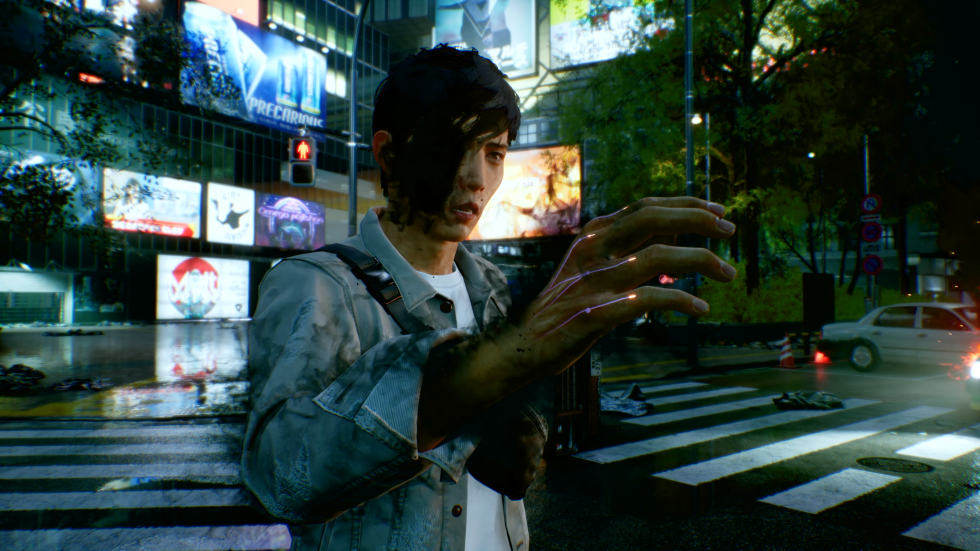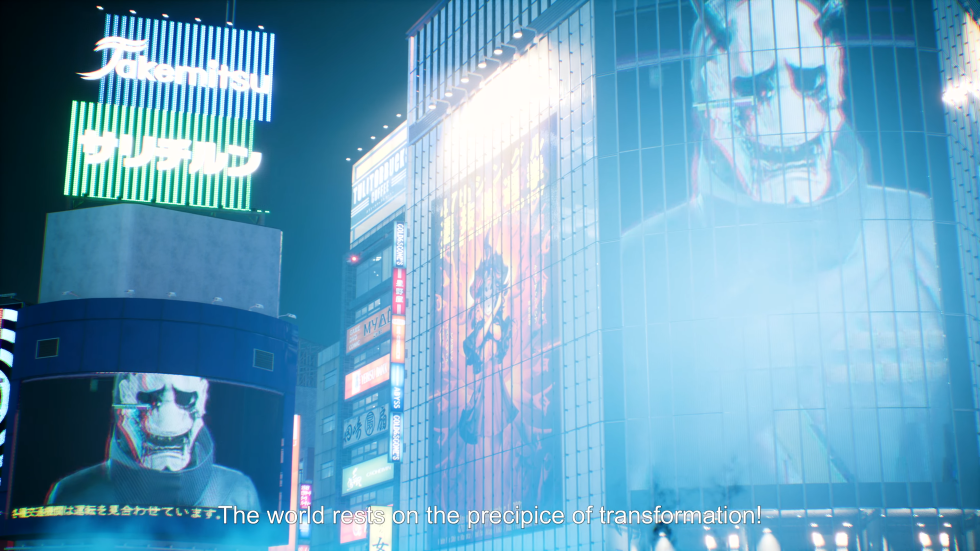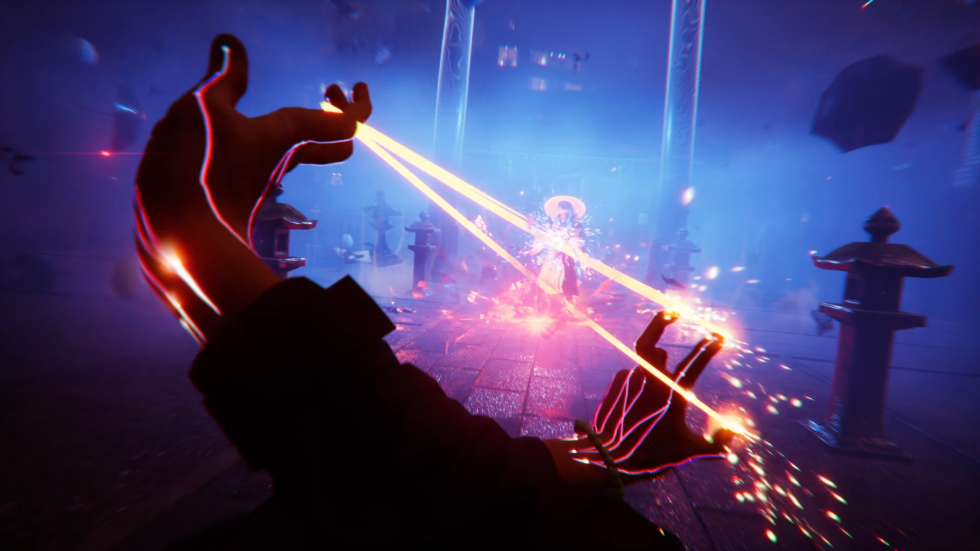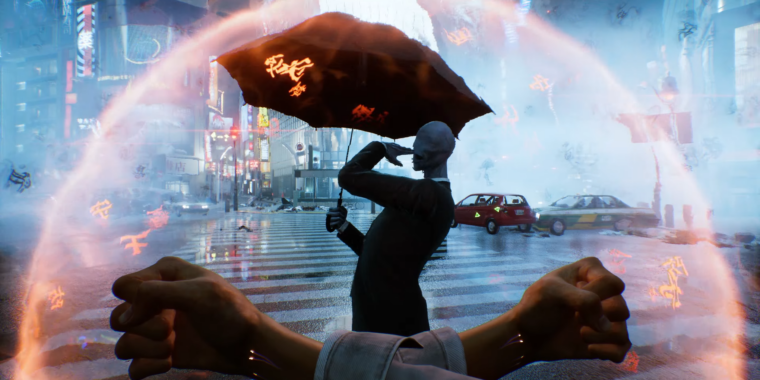Preview: Ghostwire: Tokyo looks like a next-gen Amnesia–Hexen mashup
[ad_1]
-
Spooky stuff abounds in Ghostwire: Tokyo.
Bethesda -
Spooky stuff abounds in Ghostwire: Tokyo.
-
Spooky stuff abounds in Ghostwire: Tokyo.
-
Shoot a variety of magical, energetic powers at your foes in Ghostwire.
Since its announcement at E3 2019, Ghostwire: Tokyo has loomed as one of Bethesda’s weirder and more inscrutable upcoming games. Years have passed without a clear look at how the game will play, and that lack of clarity wasn’t improved when the company announced in 2021 that its creative director at developer Tango Gameworks was leaving to start a new company and that Ghostwire would be delayed to sometime in “early 2022.”
This week, Bethesda confirmed that the PC- and PlayStation 5-exclusive game finally has a release date of March 25, though that news arrived Thursday alongside a flashy, camera-cutting trailer that still left some questions unanswered. Thankfully, Bethesda hosted members of the press for a behind-closed-doors reveal of raw, uninterrupted gameplay late last month, and the results, which we’re now allowed to talk about, were intriguing and impressive.
Instead of feeling like a direct successor to Tango Gameworks’ Evil Within series, Ghostwire takes a fresh step into horror gaming by combining complex visual effects, memorable art direction, the creeping dread of Amnesia, and the fantastical, magic-infused exploration and combat of classic PC series Heretic and Hexen.
This district has been cleansed

Bethesda
The game opens in the Shibuya district of Tokyo, where protagonist Akito is the apparent sole survivor of a supernatural event: a mist has washed over the city, making everyone it touches disappear. Akito, either immune from its effects or living through a freakish dream (who knows), meets a man in spirit form named KK who has his own checkered past. After fusing together, Akito and KK take up a mission of battling ghosts, saving lost spirits, and fending off a creepy, omnipresent mastermind named Kannya.

Bethesda
Spooky plot aside, it’s all an excuse to drop gamers into modern-day Tokyo as rendered on PS5s and high-end PCs. Think of the sensation of dipping into and out of tons of buildings in a dense Tokyo district in Sega’s Yakuza series, then imagine even more buildings being open and available—and they’re all likely to become fantastical, thanks to ghost-powered visual trickery.
Walk through one corridor in an apartment that needs “cleansing,” and its walls might explode as if they were a vibrant watercolor painting, with patterns and faces moving and bleeding across the entire screen. Open a closet door, and it might turn into a catwalk set dozens of stories over the crowded city. Even average city objects might begin morphing and changing shape as you walk past them, suggesting that either a nearby spirit needs saving or a Torii gate needs cleansing.

Bethesda
Action mostly unfolds in first-person perspective, with Akito primarily channeling magical powers based on elements (wind, fire, ice, the usual) but also wielding a bow-and-arrow in the moments that his magical abilities are taken away for various plot-based reasons. He’s also able to grab and yank spirit cores out of certain glowing ghosts, which requires connecting and yanking trippy, criss-crossing beams of light. Imagine a Japanese video game developer trying to one-up the explosive visual impact of Ghostbusters‘ proton streams, and you get the idea.
[ad_2]
Source link




